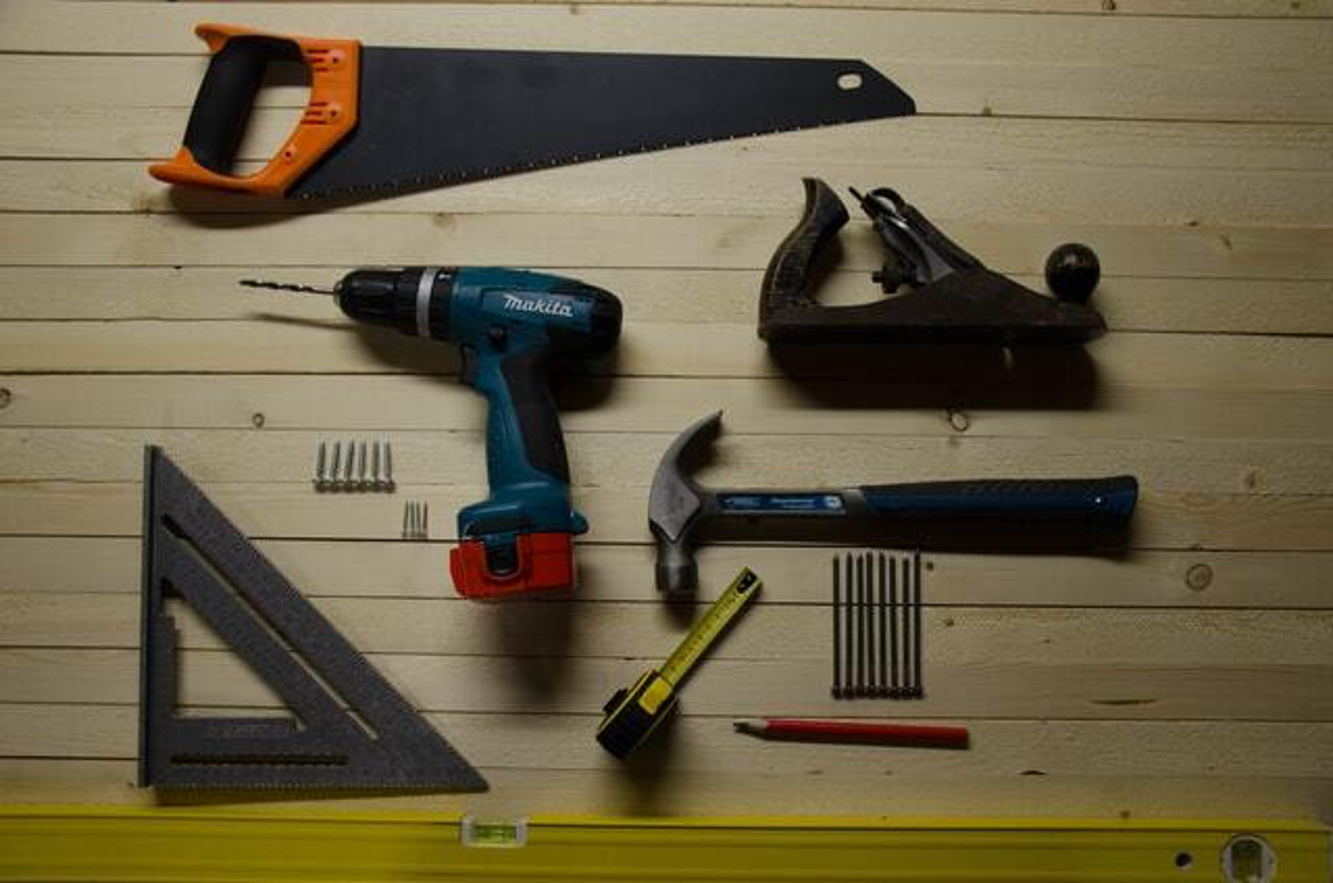DIY done right is potentially one of the most satisfying feelings, saving you both money and time. For those who are humble beginners in the DIY game, it can be daunting to start yanking wires out of walls, plastering walls, or cleaning out garages with chemicals whose names you can’t pronounce. But before you start ringing the local handyman or ordering the most expensive DIY appliances known to humankind, consider learning a few of these simple skills to make sure you’re improving your household and not adding to your worries.
The Art of Caulking
One of the most popular rooms in the house for home-improvers to focus on is the bathroom, followed closely by the kitchen. They’re both areas that need to be finished to a high standard for safety and hygiene, and they can be huge assets to a home when done right. Caulk is your best friend in these situations, as it helps provide protection against leakage. Any room in the house with a lot of piping, joints, and seams made for water supply needs to have caulk applied to be functional. Learning some of the fundamentals of caulk, including the difference between out- and indoor caulking, how to prep an area before caulking, and curing caulk after application. Also understanding the many types of caulk available will save you a lot of headaches in the future, and the risk of a bill for water damage!
Master the Drill
The cordless drill is arguably the most important tool in the DIY enthusiast’s arsenal. Drilling around your home is, however, not a simple task of picking a place, pointing the drill, and going to town. Every drill will have slightly different speeds, power settings, and clutch, not to mention the types of walls you can drill on will vary – you may want to hang your pictures on brick walls or on plaster or drywall. Some can’t be drilled into, especially if support beams or wiring may be behind them. Practice with scrap materials like wooden planks before you start adding weight-bearing features to your home’s walls – especially if you’re getting more creative and adventurous than using just basic picture frames!

Fixing Fundamentals
Wear and tear are inevitable in any home, and a variety of materials you might encounter means several skills are needed to be able to repair small issues like wall cracks, torn fabric, or minor leaks. Get familiar with the basics of your sink and toilet plumbing. Often a simple tightening of a joint can amend a leaky appliance. Learn to sew with needle and thread for occasions where materials like sheets, rugs, and even carpets might be damaged. Finally, painting and plastering surfaces like drywall will mean you can rest easy the next time you accidentally open a door too fast and leave a dent in your hallway. Some jobs may be beyond basic DIY, but often basic home repairs are well within your abilities, and an expensive callout to a professional is little more than a waste of money.
Home repairs and DIY are a hobby for many because they allow us to demonstrate our own self-reliance, take control of our home and sanctuary, and dodge the repair bills. It’s totally understandable to be standing in front of your leaking sink or a hole in the wall and feel like you’ll do more damage than good. That’s why it’s a great step to take to pick up the good-quality basic tools, practice in your spare time with scrap material, and do your own research before getting going. With a little know-how and equipment, you can safely be your own handyman in less time than you might think.



